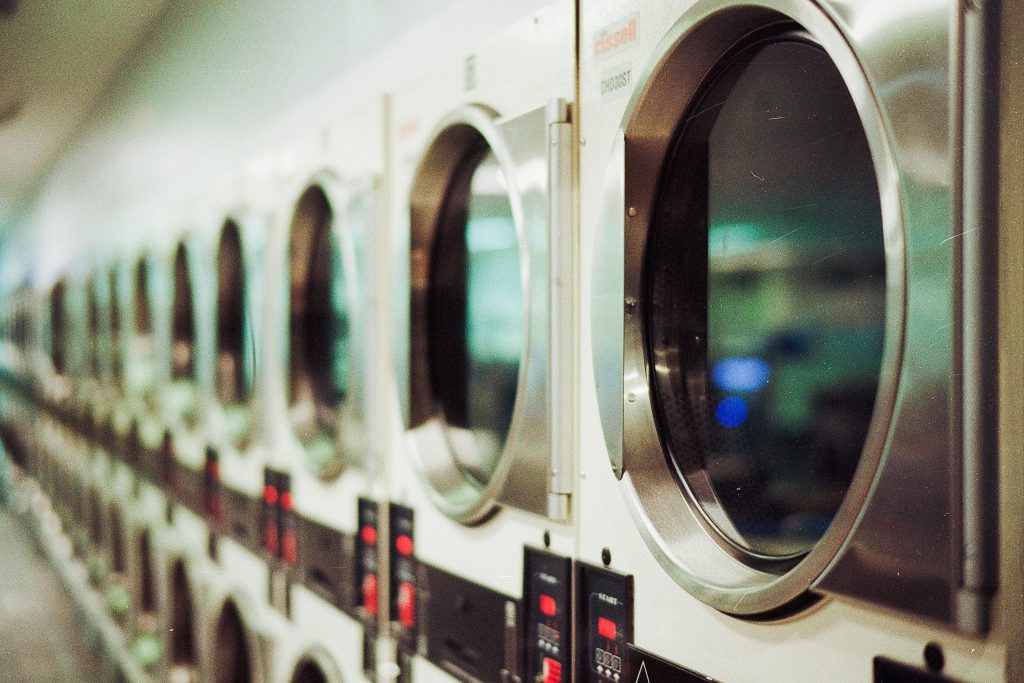The Not-So-Fabulous Micro Trend Sweeping The Globe: Microplastics
Guest posts |
Microplastics have been making headlines across the globe. Plastic and, therefore, microplastics are everywhere. From the clothes we wear to the water bottles we drink from, from the bottom of the ocean to the top of incredibly remote glaciers (BBC).
These tiny plastic particles are everywhere, and their impact is more significant than you might think. Considering this can feel incredibly overwhelming. We want to help educate you on the reality of microplastics and work to give you a natural alternative–at least on your next shopping trip or when you’re pulling from your existing wardrobe. Choosing 100% cotton can help avoid/reduce these toxic disruptors.
What are microplastics?
Microplastics are small plastic particles, less than five millimeters in size, created from the breakdown of larger plastic items or intentionally produced (yes, you read that right!) for products like body scrubs and cosmetics (Science Direct). In the fashion industry, synthetic materials such as polyester and nylon are the “primary culprits of microplastics that cause plastic microfibers to enter our oceans” (Princeton). According to a study review in Earth Island Journal, “A recent estimate suggests that as much as 358 trillion microplastic particles are floating on the surface of the world’s oceans, with untold trillions more in deeper reaches.”

Health and Environmental Impact
And it’s not just our oceans. The impact of microplastics is nothing short of alarming. Marine life is particularly vulnerable, as fish and other creatures unknowingly ingest these particles, leading to toxic accumulation in their bodies. This not only disrupts their ecosystems but also threatens human health when we consume seafood (Princeton).
Recent studies are proving more and more the toxic health effects of microplastics. They are now proven to be endocrine and hormone disruptors and artery blockers, detected in almost every part of the body, even the brain (Environmental Working Group, USP). Research from the University of São Paulo found microplastics in the human brain, challenging our assumptions about safety barriers within our bodies. Dr. Thais Mauad, the study leader, highlights the urgent need for more research, noting, “[they] do not yet know the health impacts on humans. In animals, such as mice, there is already evidence that [microplastics] are neurotoxic, with changes in behavior and brain cells.”
The Role of Fashion
When we think about fashion, it’s easy to get caught up in trends and styling. However, it’s important to consider that the fast fashion industry plays a significant role in the microplastic crisis due to their consistent and extensive use of synthetic materials. With clothing produced at lightning speed using cheap synthetic materials, the environmental toll is heavy. A study from Princeton found that “approximately 35% of all microplastics are from these synthetic materials”.
Every time you toss a polyester shirt in the wash, those tiny fibers are released into the water, adding to the problem. According to an article in Science Direct, experts estimated that “over 700,000 fibres could be released from an average 6 kg wash load of acrylic fabric.” It’s a startling thought: each laundry day could be contributing to the growing microplastic problem in the oceans– “around half a million tonnes [of microplastics are released when washed] every year contribute to ocean pollution” (EMF).

How else can I avoid or at least reduce my exposure?
So, how can you embrace a more sustainable wardrobe while minimizing your exposure to microplastics? There’s hope! Here are some easy steps to incorporate into your routine:
1. Opt for Natural Fibers: When shopping, seek out garments made from 100% cotton. This simple shift can significantly reduce your microplastic footprint.
Avoid wearing synthetic fabrics and instead opt for 100% cotton alternatives, especially intimates and activewear (sweat increases toxic microplastic absorption). Choosing natural fibers like 100% cotton is a fantastic way to make a positive impact. Cotton isn’t just soft and breathable; it’s a sustainable choice that supports ethical practices and reduces our reliance on harmful synthetics.
2. Wash Wisely: Be mindful when doing laundry. Washing full loads and using a microfiber filter can help catch those sneaky plastic particles before they enter the water supply.
3. Stay Informed: According to a report conducted by Changing Markets, over two-thirds (69%) of textile production now uses synthetic fibers derived from fossil fuels, projected to increase to 73% by 2030, with fashion brands amplifying their reliance despite known environmental costs.
We invite you to continue to educate yourself via our blog and your own research as well! Push for transparency and sustainable choices in the fashion industry. Let’s work together to persuade brands to consider natural, nontoxic fibers like cotton–and make sure they go for 100% cotton instead of blends!
When choosing cotton, you can be assured that your choice is sustainable.
4. Improve your quality of life and products at home: Make small changes in your home, like using bar soap, glass containers, and cotton bedding.
In an article by National Geographic, they suggest a few additional simple yet effective actions at home:
- Clean often to reduce inhalation of dust that may have microplastics within
- Avoid plastic water bottles if and when possible (at the very least, try to keep them out of the sun as heat increases the likelihood of microplastics)
- Avoid plastic cutting boards
- Avoid using plastic when heating food in the microwave (same reason as above: heat increases the breakdown of particles)
Closing Thoughts
We know it may feel overwhelming and like this is an insurmountable challenge. However, we hope you feel a little better and more inspired to continue living more sustainably. By making these conscious choices, you can reduce your exposure to harmful microplastics and contribute to a healthier planet. Next time you reach for the hottest trending item, double check the content and make sure it’s 100% cotton, even better if its origin is Brazil! 🌱💚

Sources
https://www.bbc.com/news/science-environment-61739159
https://psci.princeton.edu/tips/2020/7/20/the-impact-of-fast-fashion-on-the-environment
https://www.sciencedirect.com/science/article/abs/pii/S0025326X16307639?via%3Dihub
https://changingmarkets.org/report/fashions-plastic-paralysis/
https://www.ellenmacarthurfoundation.org/a-new-textiles-economy
